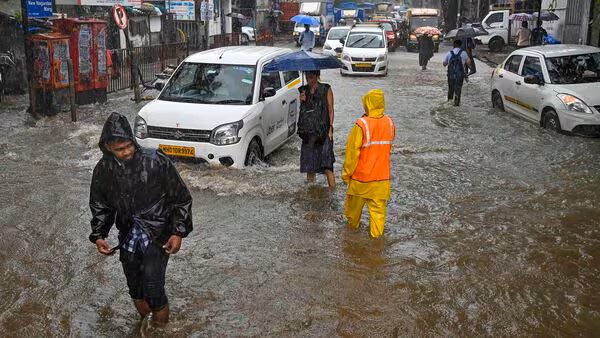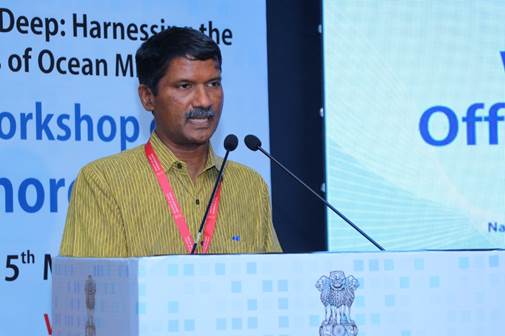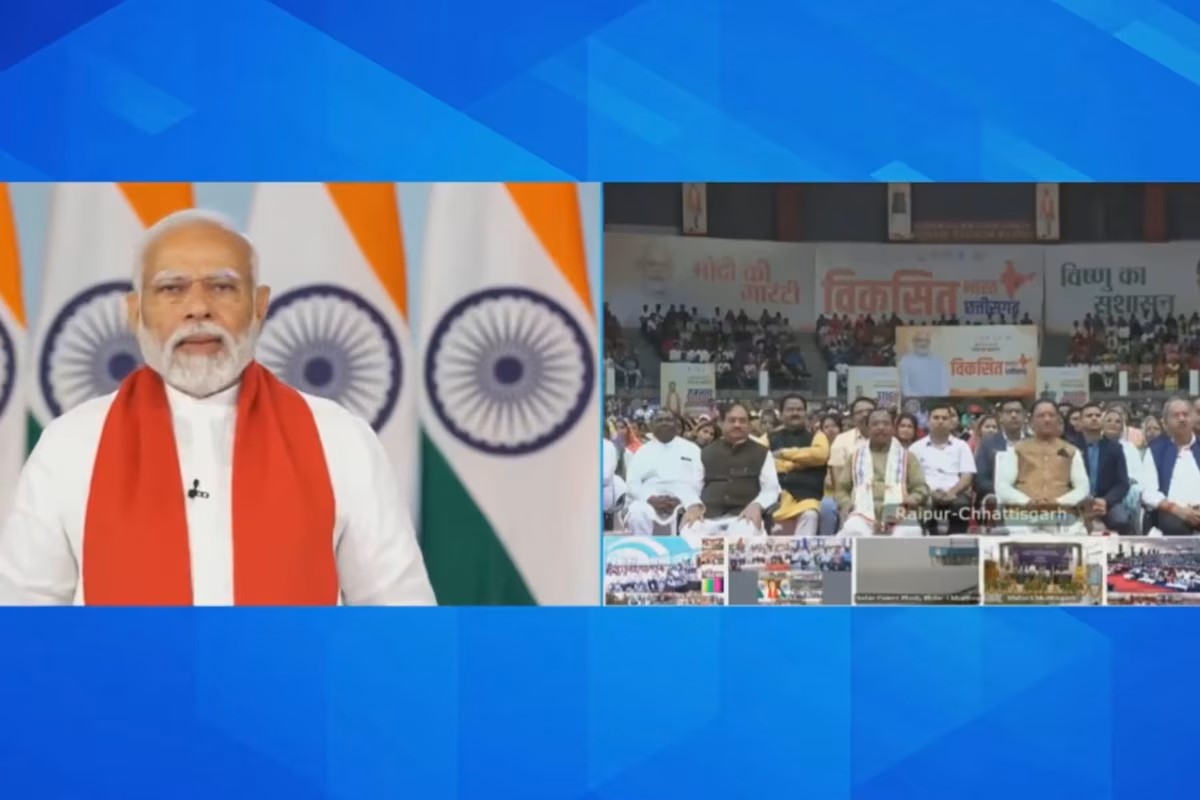The recent heavy rainfall in Delhi-NCR has caused widespread waterlogging, severely impacting traffic. Areas like Lutyen’s Delhi, Kashmere Gate, and Rajinder Nagar were notably inundated. The torrential downpour led to the diversion of at least ten flights from Delhi’s Indira Gandhi International Airport due to the adverse weather conditions.
The India Meteorological Department (IMD) has issued a red alert for most parts of the capital and surrounding areas until 9 pm, signaling the need for vigilance and action. According to the latest IMD update, clouds have converged over Delhi from all directions, bringing widespread light to moderate rainfall with isolated intense spells of 3-5 cm per hour expected over the next two hours.

Earlier forecasts indicated moderate rainfall and thunderstorms across various parts of the city, including North, Central, New, South, South-East, and East Delhi, as well as other areas within the NCR.
Delhi Lt Governor VK Saxena has urged officers to remain on high alert due to the heavy rainfall. He emphasized the importance of minimizing public inconvenience and specifically addressing waterlogging issues at vulnerable sites, including coaching centers.
Despite the rain, Delhi’s average maximum temperature in July was 35.8°C, slightly above the long-period average (LPA). High humidity levels, often exceeding 50%, resulted in a Heat Index (HI) or ‘real feel’ of 45.8°C, making it feel much hotter than the recorded maximum temperature.
On Tuesday, Delhi experienced its highest maximum temperature for the month this year, reaching 39.3°C, which is five degrees above the season’s norm. On Wednesday morning, the city recorded a minimum temperature of 30.4°C, 3.3 degrees above the usual morning temperature, with humidity levels at 63% by 5:30 pm.
According to the IMD, intermittent showers are expected in the national capital until August 5. Northwest India, including regions like Himachal Pradesh and Uttarakhand, is likely to experience widespread light to moderate rainfall with thunderstorms and lightning. Jammu-Kashmir, Punjab, Haryana, and Uttar Pradesh are also expected to see scattered to widespread rain over the next four to five days.




